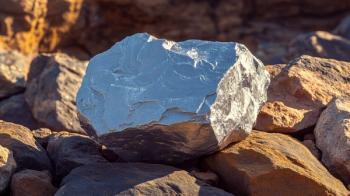
- Spectroscopy-10-01-2002
Radio Frequency Glow Discharge Optical Emission Spectroscopy: Depth Profiling Analysis of Thin Anodic Alumina Films as Potential Reference Materials (PDF)
The need for reference materials that can be applied in the area of thin films analysis has long been realized but is still, in general, under-addressed. Alumina films of single-micrometer thickness, having either fine distributions of impurities or delta function impurity marker layers, can be prepared routinely by anodic oxidation of electropolished aluminum specimens in appropriate electrolytes. Selected films were examined by transmission electron microscopy (TEM) and analyzed by radio frequency glow discharge optical emission spectroscopy (rf-GD-OES), providing very rapid, yet high-resolution, depth-resolved analysis of these electrically insulating materials.
Articles in this issue
about 23 years ago
A Beginner?s Guide to ICP-MS: Part XII ? A Review of Interferences (PDF)about 23 years ago
Chemometrics in Spectroscopy: Analysis of Noise, Part XII (PDF)Newsletter
Get essential updates on the latest spectroscopy technologies, regulatory standards, and best practices—subscribe today to Spectroscopy.



